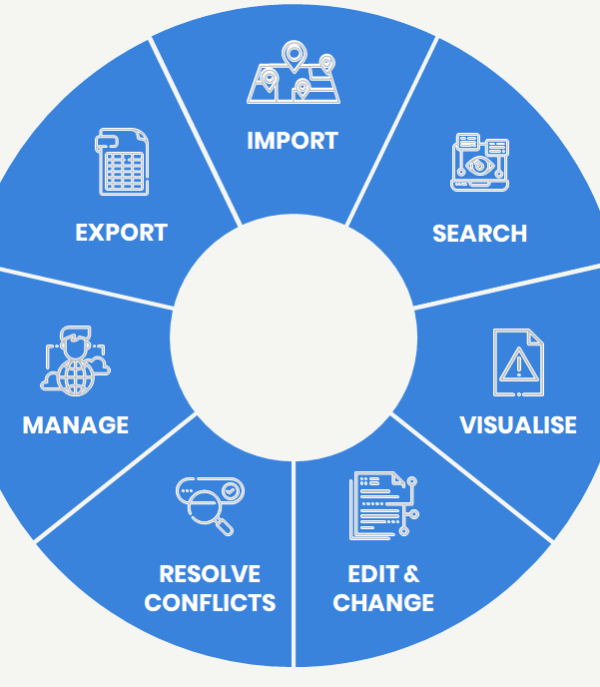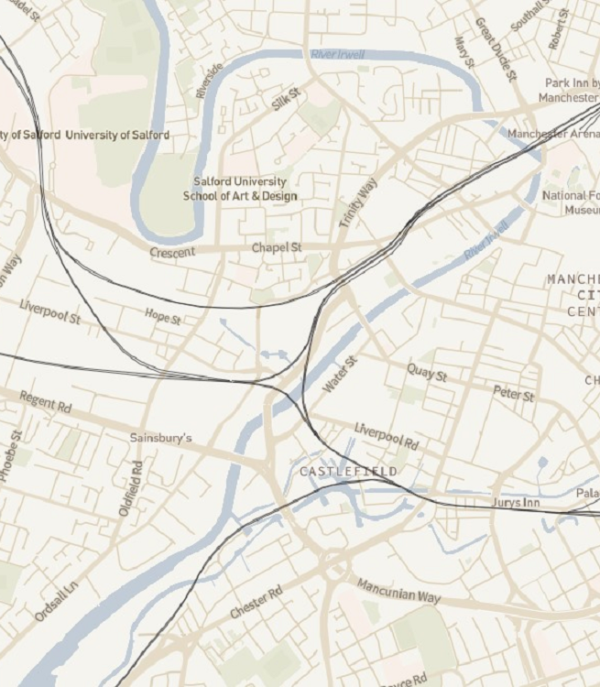


Producing weekly possession diagrams is resource-heavy, repetitive work which carries a high risk of human error. Determined to make access planning easier, quicker, and more efficient, D2 developed Swiftview, an online resource that enables real time upload and visualisation of possession data.
We made it our mission to develop a visual output for use across all rail projects and to support formal access negotiations with Train and Freight Operating companies.
In consultation with industry professionals, we confirmed that the key to progress didn’t lie with the data itself, but how people interface with, and manage it. Our key objective was, therefore, to put the user in complete control of the data.
In our eyes, the system needed to allow users to search possession data by date or week. And in terms of visual output, the data should be displayed clearly on a map, with sufficient detail to identify each line and location covered by a possession, with all other lines clearly shown.
Additional deliverables naturally followed, the system would be able to see any possession results that overlapped and had possible conflicts. These could then be flagged to the user. We even enabled real time train tracking, to help optimise network capacity.
Built-in import, export and editing capabilities would enable possession changes to be tracked and reported to the user. And data would be easily shared with other people for read only browsing.
And the whole system needed to be intuitive and user friendly, to avoid any significant re-training or upskilling.
Developing Swiftview we overcame many challenges. The first was the lack of one complete set of geographic data relating to the rail network.
Whilst the network data existed individually, it just wasn’t joined-up. Our Digital Technology team collected and checked all of this disparate data, starting with the geographical line data that make up the network.
Each line was checked and tagged with information such as Line of Route code, direction, and location. Next, the team aligned each location on the network with PPS location data, at the same time building in the route information for each line.
Using pathfinding algorithms, we built a system that can analyse the ‘from’ and ‘to’ location for any given possession and determine the geographical lines that make the route up.
There are many different formats that possession data can take and D2 wanted to make the process as easy as possible. The challenge here was establishing a suitable way of uploading possession data into the system. Our solution was to create an import system that supports both CSV, PPS and box plan import. This allows the user to import data seamlessly with any validation errors automatically fed back to the user.
We did it!
Swiftview has been through several redesigns borne from detailed feedback from industry experts. The current version was enables scalability and can be accessed by multiple users. Swiftview doesn’t just meet all of Network Rail’s Access planning requirements, it’s the future of possession planning. And it’s available to you, right now.
Several key benefits were identified.